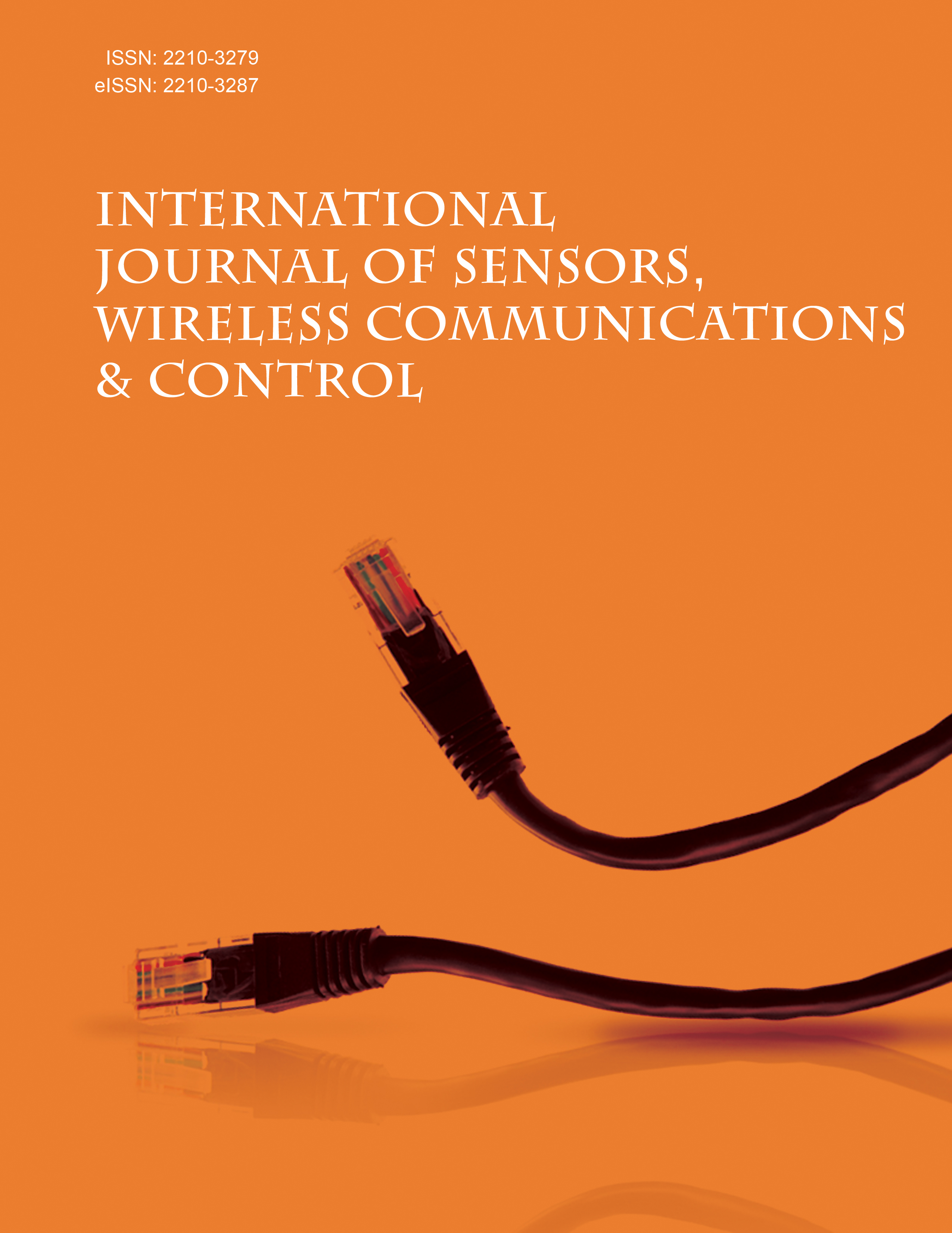
Full text loading...
We use cookies to track usage and preferences.I Understand

Image dehazing is an essential task in computer-vision, aimed at enhancing the clarity and visibility of images degraded by fog and haze. Traditional methods often struggle with handling the complex scattering effects of haze and maintaining the natural colours of the scene.
To address these challenges, we propose a novel approach termed Dual Colour Space Attentional Deep Network (DCSADN) for efficient image dehazing. Our method leverages the advantages of two-colour spaces: RGB and YCbCr, to boost the network's skill to capture both the luminance and chrominance information, thereby improving the dehazing performance. We employ a multi-stage training strategy to optimize the performance of the DCSADN. This multi-stage approach ensures that the network generalizes well across different types of haze conditions. Extensive experiments demonstrate the superiority of our method over state-of-the-art dehazing techniques.
The results indicate that our approach not only achieves higher quantitative scores in terms of Peak Signal-to-Noise Ratio (PSNR) and Structural Similarity Index (SSIM) but also produces dehazed images with more natural colours and details.
The findings reveal that the dual colour space processing and attentional modules are crucial for the enhanced performance of our method and providing a valuable tool for improving image quality in hazy conditions.

Article metrics loading...

Full text loading...
References


Data & Media loading...